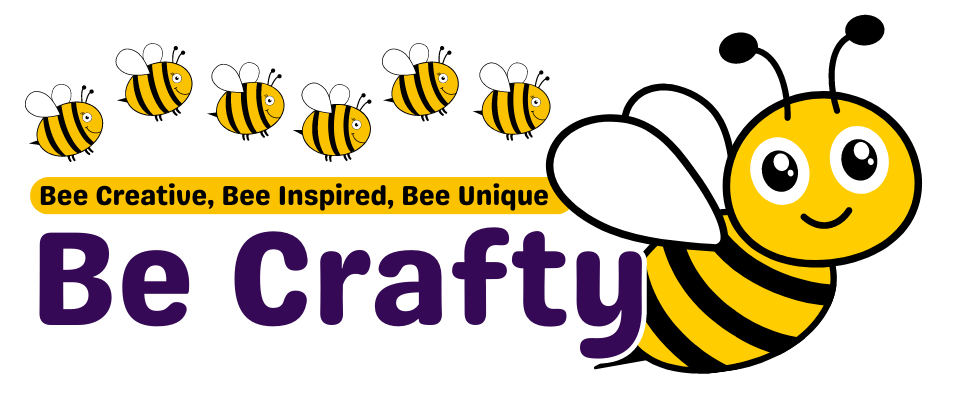Origami and quilling are two ancient paper craft techniques that have experienced a resurgence in popularity in recent years. Both of these techniques involve folding, cutting, and shaping paper into intricate designs, which can be used to create beautiful decorations, cards, and gifts. With a growing focus on sustainability and recycling, many crafters are turning to these methods as a way to repurpose and upcycle materials that might otherwise be discarded.
Origami: The Art of Paper Folding
Origami is the traditional Japanese art of paper folding, with its roots dating back to the 6th century. The word "origami" comes from the Japanese words "oru," which means "to fold," and "kami," which means "paper." This art form involves folding a single sheet of paper into various shapes and figures without using glue or scissors. While the most famous origami model is the crane, there are thousands of different designs that can be created using this technique.
One of the key principles of origami is its emphasis on simplicity and elegance. Traditional origami uses only simple geometric folds, such as valley folds (folding the paper towards you) and mountain folds (folding the paper away from you). These basic folds can be combined in various ways to create complex models.
With regards to recycling, origami provides an excellent opportunity for repurposing materials. Old newspapers, magazines, wrapping paper, and even junk mail can all be transformed into beautiful works of art through origami. Additionally, since no adhesive is required for most models, it is an eco-friendly craft option.
Quilling: The Art of Paper Rolling
Quilling, also known as paper filigree, is the art of rolling thin strips of paper into coils and then shaping them into various designs. This technique originated in Europe during the Renaissance period and was initially practiced by nuns and monks who used it to decorate religious artifacts. Quilling later became popular among the upper classes as a decorative art form.
To create quilled designs, paper strips are rolled around a tool called a quilling needle or slotted tool. Once the desired coil size is achieved, the paper is glued at the end to secure it. These coils can then be pinched and manipulated into various shapes, such as teardrops, marquises, and squares. The shaped coils are then arranged and glued together to form intricate patterns and designs.
Quilling is an excellent way to recycle and upcycle materials because it can be done with a wide variety of paper types, including old books, magazines, and even paper bags. The finished quilled pieces can be used to create greeting cards, wall art, ornaments, and more.
Combining Origami and Quilling Techniques
For those interested in expanding their paper crafting skills, combining origami and quilling techniques can result in stunning mixed-media creations. For example, origami flowers can be embellished with quilled accents or used as the centerpiece of a quilled design. Conversely, quilled elements can be incorporated into origami models for added texture and dimension.
When working with recycled materials, it’s important to consider the thickness and weight of the paper being used. Thicker papers may be more suitable for origami, while thinner papers are better suited for quilling. Experimenting with different types of recycled paper will help you determine which materials work best for your chosen technique.
In conclusion, both origami and quilling offer unique ways to transform recycled materials into beautiful works of art. By learning these techniques and combining them in creative ways, you can reduce waste while adding a personal touch to your handmade gifts and home decor. So why not give these ancient paper crafts a try and discover the endless possibilities that await you?

